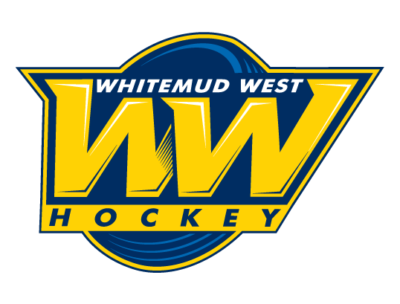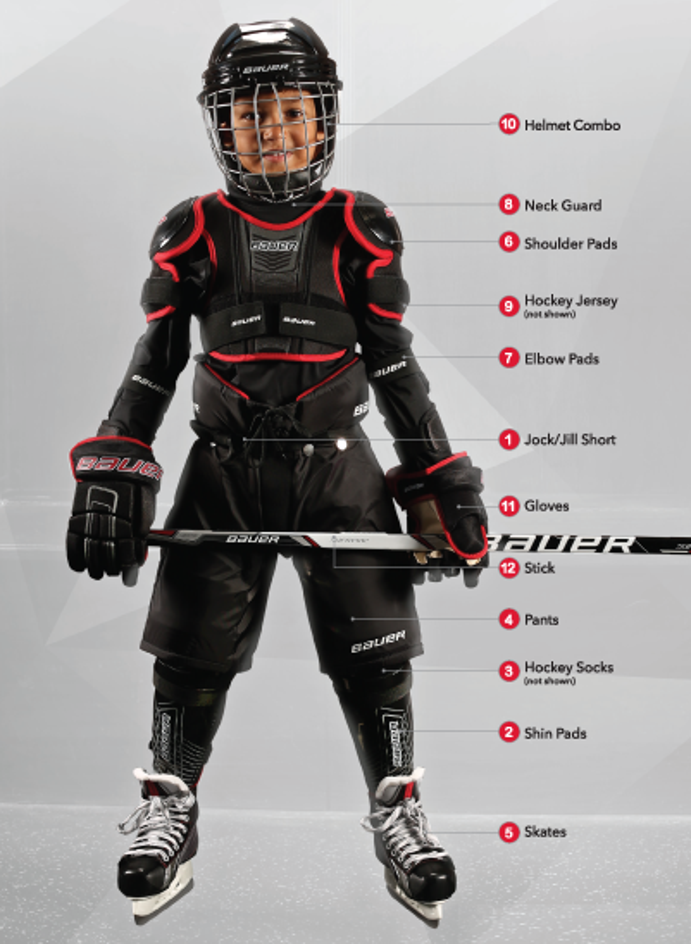Equipment
Skate Fitting Basics
A skate that fits well is the single most important piece of equipment for a child learning to skate. Here are some basics for parents trying to achieve the proper skate fit for their child.
The Basics - Guidelines to buying great fitting skates:
- Boys feet stop growing after 14 or 15 years of age.
- Girls feet stop growing after 13 to 14 years of age.
- Allow only 1/2 size growing room when purchasing skates (a 1/2 size is about 3/16' or 5 mm).
Buy the right fit and the right skate model:
- Match the skate model to your size, ability and frequency of use. You may not benefit from a high end skate.
- Choosing the right level (stiffness) of skate is critical to your skating performance.
- A skate fits properly only when laced up.
- Each skate manufacturer boot fits differently. (Size 5 Bauer will fit different than a size 5 CCM).
- A new skate should fit comfortably snug, without pressure points. Specific pressure points (i.e.. Ankle bones or small toe) can be adjusted and relieved in-store.
- Ensuring that you receive a great fit takes work. Plan on spending some quality time.
After the skate fits properly, have your skate blade aligned:
- Blade alignment is the process of positioning the skate blades on the boot precisely for the player wearing the skate. The blade is adjusted so that the player's centre of gravity falls directly on top of the blades.
- Common issues such as pronation (foot rolls in), supination (foot rolls out), leg length discrepancies, bowed legs, can all affect a correct blade alignment.
- As a mass assembled product, skate manufacturers can have difficulty consistently mounting the blades int he same position on every skate boot.
- Blade alignment can be the difference between being a good skater and being a great skater.
- Make the right boot selection, having a comfortable fit, adding a foot bed, and properly aligning your blades will enhance your performance and comfort.
Signs of an improper skate fit:
- Frequently having to tighten your skates
- Blisters and pain
- Blade chatter
- Consistently losing an edge
- Inadequate knee bend
- A narrow lace pattern
- Speed wobble
- Trouble turning
- Weak ankles

